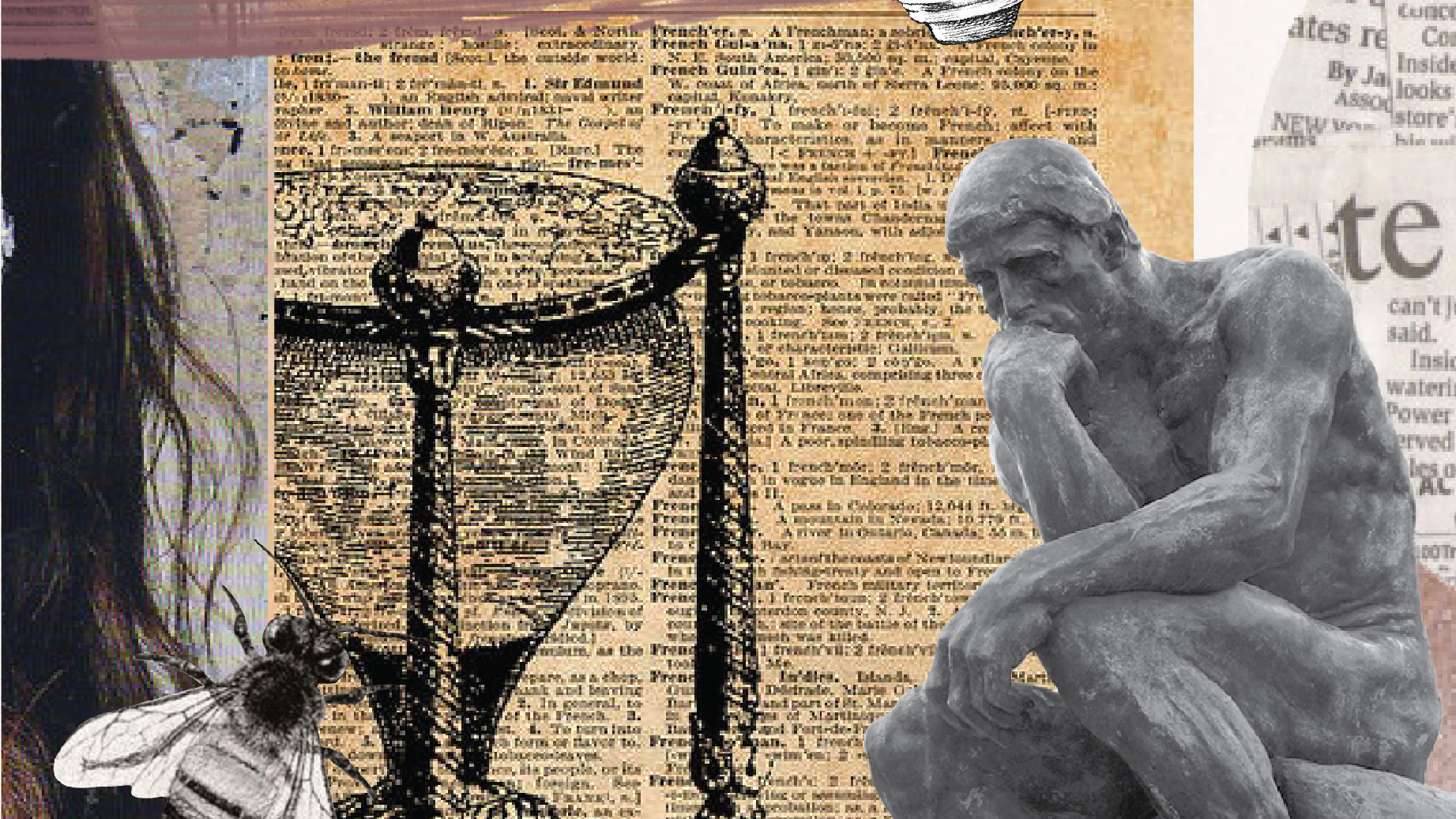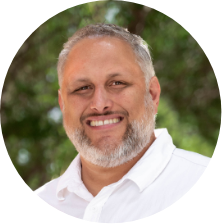
Generally speaking, the Reformation of the sixteenth century stirred up quite a bit of religious vigor that went far in reshaping the religious (and political) landscape of Europe. However, the seventeenth century brought with it new generations of theologians with a decidedly different aim than their reforming predecessors. Doctrinal dogma was supreme. In this period the narrative was marked by the defense of orthodoxy, but with none of the depth or inner conviction of previous generations. “Their style became increasingly rigid, cold, and academic . . . dogma was often substituted for faith, and orthodoxy for love.”1 The Puritans in the Church of England responded to this cold orthodoxy with a narrative that overemphasized external compliance to religious rules. In their early years of settlement, the New England colonies even compelled religious behavior by law.2 If the cold dogma of the seventeenth century produced nominal Christians, the cold hyper-Calvinism of the Puritans in the late seventeenth and early eighteenth centuries produced legalism. One was required to exhibit measurable proof of his election to be fully included in the religious community. The Puritans “loaded into the conversion experience so much of the developed content of Christian growth that in effect they required a man to be a practicing mystic before he could be counted a Christian.”3
By the end of the eighteenth century a distinct shift occurred away from Puritan soteriology as the Second Great Awakening broke out in America. Instead of the Calvinism of its predecessor, the Second Awakening swung the pendulum the other way into an Armenian narrative, emphasizing the belief that all men were born with the capacity to turn to God in faith. This was probably best epitomized in Charles Finney, who stressed the need for an immediate decision to convert to Christianity, and even established an area at the front of his revival meeting for people who were close to a decision but not quite there yet.4 Perhaps the closer proximity to his preaching would tip them over the edge? As the movement moved south and west, away from the intellectual base of New England, the Awakening took on a much more emotionally driven, experiential flavor.5 Unlike the Puritans, instead of expecting converts to be practicing mystics, the “soul winning” emphasis of the revivalists of the nineteenth century typically shoved the whole of sanctification into a “conversion” experience. But the markedly lack of substance in the resulting converts caused theological tension: were the emotionally driven mass conversions legitimate, and if not, what were they? Richard Lovelace calls this chasm between external confession and internal transformation the “sanctification gap.”6 The most prominent answer to this question was the formulation of the doctrine of second conversion, or “baptism” of the Holy Spirit. First introduced by John Wesley in Plain Account of Christian Perfection (1766) as a second, Spirit-filled stage of Christian maturity, Charles Finney and others developed this idea into a two-stage conversion: first for the forgiveness of sin and second for the indwelling of the Spirit, and the narrative continued to change.7
The second half of the nineteenth century saw profound shifts in thinking around the world. In 1848 Karl Marx published The Communist Manifesto, revolutionizing political and economic thought. As Marxism began to gain steam a German philosopher named Friedrich Nietzsche began his body of work which famously resulted in the statement “God is dead,” popularized in his work Thus Spoke Zarathustra: “Dead are all the Gods: now do we desire the superman to live.”8 This began what came to be known as the rise of the übermensch (superman), or what was believed to be the next phase of human evolution. Beginning in the late nineteenth century until his death in 1939, Sigmund Freud championed the idea of the unconscious, calling God the “universal obsessional neurosis of humanity” subconsciously created by prehistoric humans to alleviate the repressed guilt that arose from killing the tribal alpha male. Believing humanity had evolved to a point where religion was no longer useful, he asserted “a turning-away from religion is bound to occur with the fatal inevitability of a process of growth.”9 The common thread among these three is their conclusions were predicated on what David Steward calls a hermeneutics of suspicion: “According to the hermeneutics of suspicion, the true meaning, the correct understanding, of religion, comes about only as a result of unmasking its appearances to allow the underlying reality to appear.”10 This way of thinking called everything into question, especially God, and became so pervasive in western thought that the influence of these three men on the controlling narratives in politics, economics, philosophy, and psychology is difficult to overstate. We are still living in their wake.
Though these three men no doubt reshaped the prevailing narratives of much of the western world, one additional influence did more than any other to shake up the narrative development of American Christianity. In 1859 Charles Darwin published his Origin of Species, providing the foundation needed for the rise of scientism, a major shift in the academy away from traditional intellectualism.11 In addition, there were also advances in academic disciplines pertaining to the history and culture of the ancient Near East (ANE), information that shed new light on religious practices in the contextual world of the Hebrew Scriptures and pressed in on traditional readings of the Bible. At the same time technological advances in industry pulled more and more people to urban centers, exposing greater numbers of people to these new ideas and the secularization of culture, which diminished the role of rural communities as the backbone of religious life in America.
The Effects of Liberalism
By the turn of the twentieth century, Friedrich Schleiermacher’s theological liberalism had made its way across the Atlantic from Europe to the United States and was growing in influence, especially among the intellectual elite. Evolution as an intellectually viable option was increasingly embraced and with it a general rise in skepticism regarding religion and the Bible. All of this combined may be aptly described as a cultural earthquake. A handful of responses to these shifts are worth mentioning. First, mainline Protestant denominations experienced internal crisis. Some embraced the “modernist” narrative, which invited the changes and generally sought to emphasize and integrate social ethics in the rapidly changing cultural environment, while others sought to preserve their traditional theological narrative. Second, conservative Christians, who had been in a dominant position in religious life in America for almost three hundred years, responded in a mostly united front to produce a series of pamphlets titled The Fundamentals: A Testimony to Truth, consisting of ninety essays on the “fundamentals” of Christianity written as a polemic primarily against the intellectual elite leveling these competing narratives against Christianity. Third, the beginning of a worldwide charismatic movement broke out in Los Angeles in 1906 among a Wesleyan holiness community who sought a deeper religious experience confirmed by “sign gifts” of the Spirit, most notably speaking in tongues. If modernists were adjusting to the new cultural norms and the fundamentalists were fighting to retain their dominant position, the charismatics largely ignored all of that in search of the “baptism of the Holy Spirit.”12
From this time on, fundamentalism viewed itself as an army of the Lord fighting on two different fronts. On one front the fight was against the developing theological narrative of one of its own subgroups, the charismatics. Following the rise of Pentecostalism, the charismatic movement produced the Assemblies of God, then gradually began to influence mainline Protestants and Roman Catholics. Eventually independent “Word of Faith” or “Prosperity” gospel churches began to gain prominence by exploiting media outlets to push their promise of health and wealth to those who have enough “faith.” Theological fundamentalists were wary of charismatic theology to begin with (as seen in splinter groups like “Jesus Only” Pentecostals), but as the Word of Faith narrative gained momentum in the States and eventually prominence internationally, it positioned itself squarely in the fundamentalist crosshairs as a false gospel.13
The other battlefront was against the narratives of theological liberalism and secular culture (something fundamentalists and their charismatic subgroup could unite against). George Marsden aptly describes fundamentalism as “militantly anti-modernist Protestant evangelicalism.”14 In this fight against their newfound enemy, fundamentalist evangelicals deployed their arsenal of evangelism efforts, viewed not merely as soul-winning but as a critical tactic in fighting off secularization and restoring the culture to its “Christian” values.15 This emphasis riffed off the previous stated goal of D. L. Moody’s Student Volunteer Movement to accomplish the “evangelization of the world in this generation.”16 The pervasiveness of this narrative is evidenced by the conquest language still common in churches today: “Take the world for Christ,” or among students: “Take the campus for Christ.”17 Some of the largest ministries in the world included “Crusade” in their names.18 Needless to say, saving people from the judgment of hell as a way to recover the dominant cultural narrative was paramount.19
Other hallmarks of evangelical fundamentalism were the ideas of biblical inerrancy and dispensational premillennialism: “Indeed, avowed ‘fundamentalists’ today are almost all strict millenarians who also insist on Biblical inerrancy.”20 As a populist, grassroots movement, fundamentalism stressed a commonsense biblical epistemology that bordered on (if not hurled headlong into) anti-intellectualism. Phrases like “the plain reading of the text,” “this is what this passage means to me,” and “my Bible says . . .” are common.21 Lastly, and most important for this study, the fundamentalist narrative of conquest which sought to recover cultural dominance naturally resulted in using the political machine to impose its moral code on the culture.22
The Puritan response to the cold orthodoxy of the seventh century narrative was an over-rationalized hyper-Calvinism resulting in legalism. The legalism of the Puritan narrative was countered by the reductionistic fiery evangelistic call of the nineteenth century revivalists, functionally creating a narrative that ensured protection from hell while avoiding any type of substantive sanctification. The response to the lack of transformation in the newly converted masses forced leaders to tweak the narrative into a two-tier soteriology manifesting itself as a second “baptism” in certain traditions or as the convert/disciple distinction so prominent today.23 The response to the rise of the liberal theological and Darwinian evolution narratives formed a two-party Protestantism: the modernist narrative focused on social ethics and acquiesced to changes in culture, and the fundamentalist narrative entrenched and redoubled its fiery evangelistic zeal, doctrinal dogma, and emphasis on moral behavior in an attempt to recover what was seemingly lost.
Overcorrection is the curse of our age. To avoid being considered a fundamentalist at all costs, modernist elites have such a watered-down doctrinal system it’s barely recognizable as anything remotely resembling historic Christianity. To avoid being considered a modernist at all costs, fundamentalists have largely abandoned the intellectual establishment and social justice engagement for the “higher” call of soul-winning. Thus the birth of Darrow Miller’s “evangelical gnosticism.” One group swings too far to the left, then not to be outdone, the response group swings equally as far to the right and the actual substance of both groups falls off the swing. The century-old debate between the modernists and fundamentalists “left a distortion in Christian self-understanding that has not yet gone away.”24 Though it would be a vast oversimplification to say conservative American churches fit cleanly into the fundamentalist camp (something I’m not saying), it must be recognized that many of these churches have (to varying degrees) been influenced by this narrative. One of the reasons this narrative has endured is it plays off our narcissistic desire to be world-changers, to matter in ways quantified by measurable results . . . to achieve, which gives us a promethean sense of power and control. The narrative both incites excitement to be a part of a movement on a worldwide scale, and also exploits our fear of failing to achieve what we are convinced God has commanded his “army” to do. We are told if we only have the right doctrine and do what the Bible says, we too can change the world. However, as James Davison Hunter has convincingly argued in his book To Change the World, this narrative “is almost wholly mistaken.”25 It waters Christianity down to a series of propositional beliefs and compulsive behaviors that lack any depth found in a substantive relationship with God and his people. And that’s a serious problem that far too few people are talking about.

